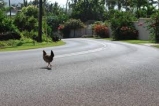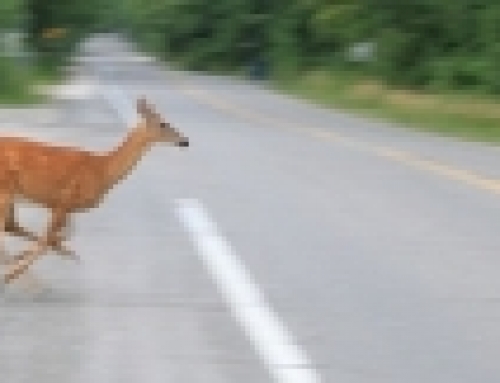Look and then Look Again!
By: Larry Scalzitti
“ Situational Awareness” is never more important than in motorcycling. It’s up to each of to be forever vigilant – always on guard – always scanning ahead – ready to react to what ever may come our way. So we must train ourselves to Look and then Look Again.
Situational Awareness” is never more important than in motorcycling. It’s up to each of to be forever vigilant – always on guard – always scanning ahead – ready to react to what ever may come our way. So we must train ourselves to Look and then Look Again.
In my mind there are three big things that every rider should be well versed in. The first item is awareness and visibility. A rider needs to be visible to others and be able to see and be aware of everything around them. Next, the rider needs to understand how their bike turns, both at slow speeds and higher speeds. And finally all riders must master the two main collision avoidance techniques: Swerving and quick stops. This article addresses the first item.
Too many times you hear about a rider who has had a crash or a near miss. Generally the focus of their anger is on the other person or thing that put them in a place outside their comfort zone.
We’ve all heard these comments before.
“That idiot pulled out in front of me . . .”
“I couldn’t believe they stopped in the middle of the intersection . . .”
“The turn didn’t look that sharp . . .”
“Where did that car come from . . .”
All of these and more can probably be avoided if we take a hard look at the incident without our egos leading the discussion. The Motorcycle Safety Foundation (MSF) Basic Rider Course (BRC) espouses an excellent strategy for all riders: SEE – Search – Evaluate – Execute. No magic here, the concept is pure common sense. It’s just that easy to think through the road that lies ahead.
The first part of the visibility equation is the S in SEE. Courses that I’ve taught over the years have the rider searching anywhere from 12 to 20 seconds ahead. Well, just how far down the road is 20 seconds? Rather than struggle with speed related calculations, I think what everyone is trying to say is look down your path of travel as far as you can see and search for things that may cause you harm. If you can do that and continue to look down the road aggressively, you won’t be surprised.
In order to effectively search ahead you will need to place your bike in a position that allows you to see. Sometimes your vision of the road ahead may be blocked by a large vehicle. If you’re on a multi-lane road, then change lanes and move past that vehicle to allow you to see ahead and regain your ability to search the entire area coming into view.
If you have but one lane to travel down, then increase your following distance, in order to open up space between you and the larger vehicle ahead. This will give you a better view of what lies before you. You should also change your position within the lane. Ride in the left track for awhile and then the right track. Vary your time in each track, scanning down the road ahead and try to build a complete picture, even though that large vehicle in front of you may be blocking the middle of the road. The more information you can gather and piece together about what’s ahead, the better able you be able to spot and avoid trouble before it becomes a problem.
By changing tracks you also give the traffic ahead of you a better chance to see your biker. As you ride in the left, then right track, and fall back from the vehicle in front, the oncoming traffic will be more likely spot you, especially those vehicles entering the roadway from any cross streets or driveways ahead.
Bottom line – Remember to choose your position on the road based on both your ability to see and your ability to be seen by others.
You can also choose to make you and your ride easier to see. Since we’re more difficult to see than cars, it becomes our duty to increase our visibility to others.
Wear brightly colored clothing. Lots of manufacturers have brightly colored gear for all kinds of riding conditions. You can also add a high visibility vest over your leather jacket to get more attention. Don’t forget helmets, black look cool, but other colors will make you stand out rather than blend into the scenery. In the rain wear gear.





